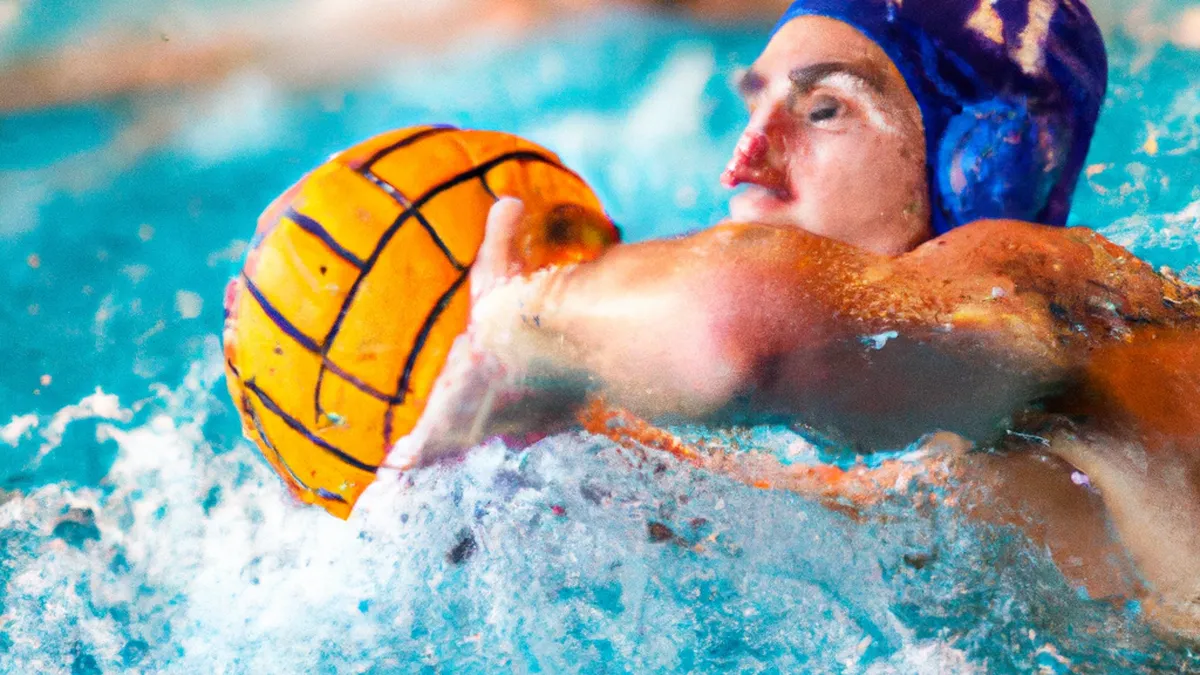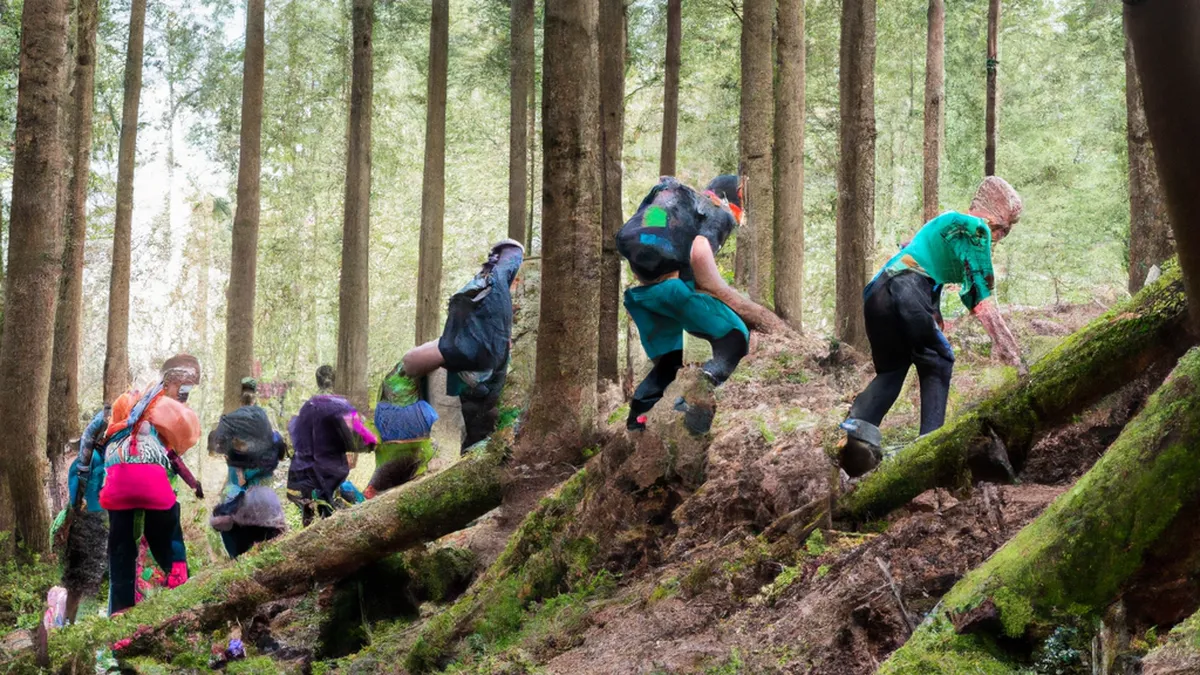Post-Game Flexibility Routine: 10 Key Moves
Stretching Regimens Post-Game to Reduce Muscle SorenessAfter an intense game, players often feel muscle soreness. This discomfort can hinder future performance, so recovery becomes essential. A proper stretching regimen can alleviate soreness and promote overall well-being. This blog post explores effective post-game stretching techniques, the science behind stretching, and additional recovery tips.
As an Amazon Associate I earn from qualifying purchases.
Gear tip: consider compression sleeves, compression socks, and percussive massager to support this topic.
Why Stretching Matters After a Game
Stretching serves multiple purposes after physical exertion. It helps relax tight muscles. During intense activity, muscles contract and can become stiff. Relaxation reduces overall tension in the body. Stretching also improves flexibility over time. Enhanced flexibility leads to better performance and reduces injury risks.Moreover, stretching encourages better blood circulation. Improved circulation delivers essential nutrients to muscles and aids recovery. Adequate blood flow helps clear lactic acid from the system more efficiently. Incorporating stretching into your post-game routine is crucial for optimal recovery.
The Science Behind Muscle Soreness
Muscle soreness, often called delayed onset muscle soreness (DOMS), typically occurs after intense activity. This soreness manifests as stiffness, tenderness, or pain in affected muscles. Micro-tears occur in muscle fibers during exercise as part of the muscle-building process. Without proper recovery, these tears can cause discomfort and prolonged soreness.Stretching post-game helps mitigate these effects by reducing muscle tension and improving flexibility. It also encourages muscle fiber repair, allowing athletes to return to training more quickly.
Effective Stretching Techniques
Static Stretching
Static stretching involves holding a stretch for a specific duration, typically 15 to 30 seconds. This technique benefits cooling down after a game. Here are effective static stretches to incorporate into your routine:- **Hamstrings:** Sit on the ground and extend one leg while bending the other. Reach towards your toes on the extended leg, keeping your back straight.- **Quadriceps:** Stand and pull one foot towards your buttocks, keeping your knees together. Push your hips forward for a deeper stretch in the front of your thigh.- **Calves:** Stand facing a wall. Place one foot behind the other and lean into the wall, keeping the back heel on the ground. Feel the stretch in the calf of the back leg.- **Hip Flexors:** Kneel on one knee with the other foot in front, forming a 90-degree angle. Gently push your hips forward to stretch the front of the hip on the kneeling side.Incorporate static stretches for all major muscle groups.
Conclusion
In summary, effective stretching post-game helps alleviate muscle soreness and promotes recovery. Prioritize stretching to enhance performance and prevent injuries.
Below are related products based on this post:
FAQ
Why is stretching important after a game?
Stretching is important after a game because it helps relax tight muscles and reduces overall tension in the body. It also improves flexibility over time, which can enhance performance and lower the risk of injuries. Additionally, stretching encourages better blood circulation, aiding in recovery by delivering essential nutrients to muscles.
What is delayed onset muscle soreness (DOMS)?
Delayed onset muscle soreness, or DOMS, is the stiffness, tenderness, or pain that occurs in muscles after intense activity. It results from micro-tears in muscle fibers during exercise as part of the muscle-building process. Proper recovery, including stretching, is essential to mitigate discomfort and promote healing.
What are some effective static stretching techniques?
Effective static stretching techniques include hamstring stretches, quadriceps stretches, calf stretches, and hip flexor stretches. Each stretch should be held for 15 to 30 seconds and targets major muscle groups to aid in recovery. Incorporating these stretches into your post-game routine can significantly alleviate muscle soreness.















Post Comment